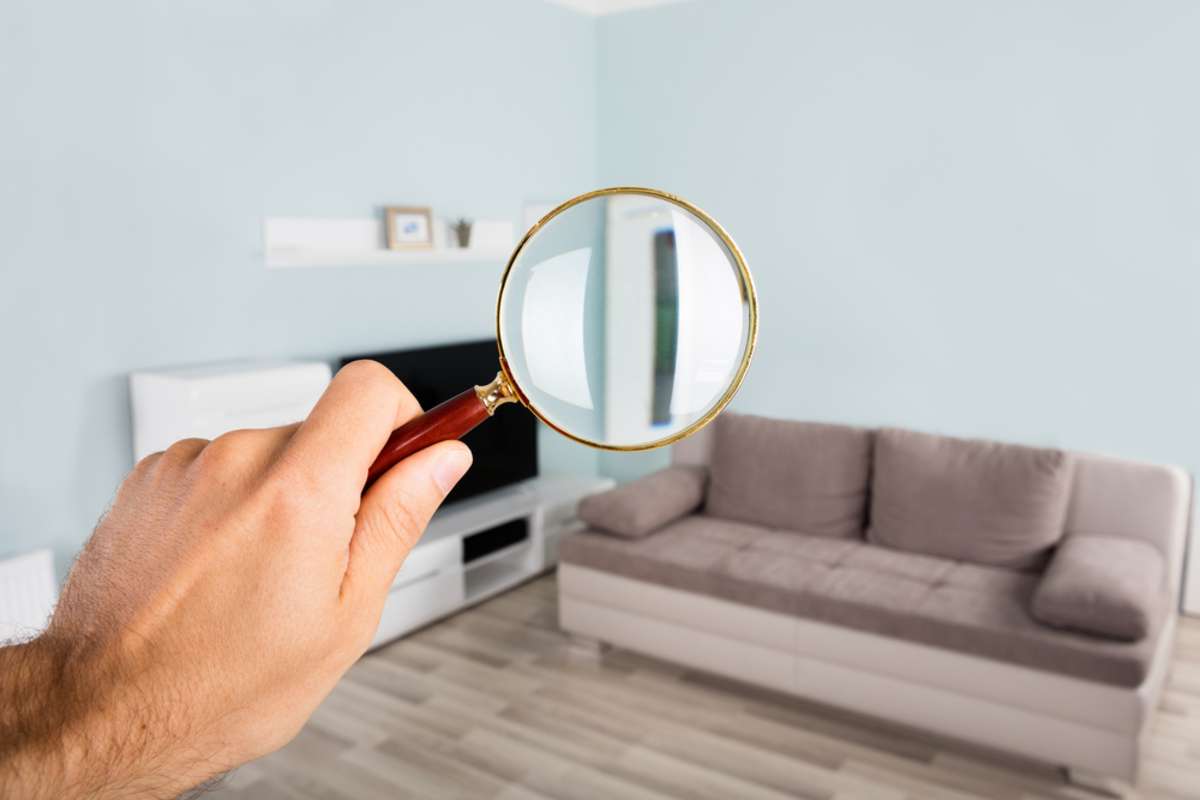Home inspections for new construction, resale homes, and pre-sale needs
Home inspections for new construction, resale homes, and pre-sale needs
Blog Article
What Is Included in a Detailed Residential Or Commercial Property Examination Refine?
A thorough home examination procedure is crucial for ensuring and protecting investments safety. It includes a precise evaluation of structural honesty, electrical systems, plumbing, and cooling and heating units, amongst various other vital components. Inspectors perform a thorough exam of both exterior and interior components, recognizing prospective hazards and compliance with sector requirements. The resulting report acts as an important source for present proprietors and potential customers alike. Nevertheless, the specifics of what assessors focus on, and the ramifications of their searchings for, can substantially affect decision-making. What, then, are the most crucial aspects that can make or break a home assessment?
Review of Property Inspection

The assessment includes several key locations, consisting of the outside and interior elements, systems such as pipes and electric, and any visible structural elements (Phoenix property inspections). Throughout the process, the inspector documents the problem of these aspects, seeking signs of wear, damages, or possible hazards
A detailed residential property examination not just helps possible purchasers make notified decisions however additionally helps current proprietors in recognizing necessary repairs or upkeep tasks. By giving a comprehensive report of findings, the inspection allows stakeholders to prioritize concerns that may require prompt interest or might affect future investment.
Additionally, a reliable evaluation process adheres to established industry criteria and standards, making sure a constant and trustworthy analysis. In general, the residential or commercial property examination procedure is a vital tool in property transactions, promoting openness and safeguarding both customer and vendor rate of interests.
Architectural Evaluation

Throughout the evaluation, professionals assess various parts, including the foundation, framing, walls, and roofing systems. They look for indicators of shifting or settling, such as cracks in walls or unequal floorings, which can represent underlying issues. The examination also includes checking out the high quality of building and construction materials and methods made use of, making sure conformity with building ordinance and criteria.
In addition, assessors may inspect for signs of dampness breach, which can cause wood rot and mold and mildew, more compromising architectural stability. They additionally review load-bearing aspects to ensure they can adequately sustain the weight of the structure and its materials.
Ultimately, a complete architectural evaluation supplies important insights for possible purchasers and property owners, allowing them to make enlightened decisions pertaining to residential property financial investments and needed maintenance. By recognizing architectural worries early, proprietors can address concerns proactively, protecting the lasting worth and security of the home.
Electrical System Evaluation
A reliable electrical system evaluation is vital in the residential or commercial property assessment process, as it assesses the safety, capability, and conformity of a structure's electric infrastructure - Phoenix property inspections. This assessment normally incorporates a comprehensive exam of the primary electrical panel, breaker, and circuitry systems. Assessors seek indicators of wear, corrosion, or damage that might endanger security
The analysis consists of screening for ample grounding and bonding, ensuring that the electric system is correctly connected to avoid electric shock or fire hazards. Inspectors likewise analyze the capacity of the electrical system to deal with the current lots, recognizing any type of potential straining concerns that could cause blackouts or failures.
Additionally, the evaluation look for the visibility of GFCI (Ground Mistake Circuit Interrupter) and AFCI (Arc Mistake Circuit Interrupter) tools in appropriate places, which are vital for securing against electrical shocks and stopping fires. Compliance with neighborhood building ordinance and regulations is additionally validated to make certain that any installments or modifications satisfy safety standards.

Pipes and Heating And Cooling Checks
Adhering to the electric system assessment, the pipes and heating and cooling checks are indispensable components of the property evaluation process. These examinations make sure that the necessary systems of the residential or commercial property are operating appropriately and safely, therefore protecting the investment and health of the owners.
During plumbing inspections, specialists evaluate the problem of pipelines, fixtures, and drainage systems. They check for leaks, deterioration, and any kind of signs of water damage that might show larger concerns. The performance of hot water heater is also examined to ensure they meet current standards and offer ample warm water supply.
The heating and cooling checks involve an extensive evaluation of air flow, heating, and air conditioning systems. Inspectors will certainly assess the functional performance of these systems, ensuring that they keep a comfy indoor setting. This consists of checking the heater, air ductwork, thermostat, and conditioner functionality. In addition, the inspector will seek any type of indications of wear or prospective safety and security risks, such as visit our website carbon monoxide leaks in heating systems.
Outside and Inside Examinations
Outside and indoor examinations are critical elements of the home examination process, giving a detailed summary of a residential property's problem. The external inspection entails assessing architectural elements such as the roofing system, home siding, foundation, and home windows.
The indoor examination concentrates on the condition of living spaces, consisting of wall surfaces, floor covering, and ceilings. Inspectors check out the performance of devices, home windows, and doors, while also looking for signs of moisture or structural you could check here problems. Electrical systems, pipes components, and heating and cooling systems are looked at to guarantee they remain in functioning order, compliant with building ordinance, and devoid of safety and security threats.
Both inspections culminate in an in-depth report that highlights vital findings and referrals for repairs or further examinations. This twin technique makes certain that possible buyers or owners are totally educated concerning the home's toughness and weaknesses, allowing them to make knowledgeable decisions.
Conclusion
In conclusion, a thorough property assessment process encompasses a substantial examination of architectural honesty, electrical systems, plumbing, and cooling and heating units, alongside detailed exterior and indoor assessments - Commercial property inspections. By systematically examining each essential element, prospective safety risks and conformity with market requirements and local building codes can be recognized. The resultant detailed report functions as a vital source, empowering customers and home owners to make enlightened decisions pertaining to residential or commercial property financial investments and upkeep, ultimately boosting safety and security and value
A thorough building evaluation process is essential for protecting investments and making certain security.During the inspection, specialists assess various components, consisting of the structure, framework, wall surfaces, and roofing systems.An effective electrical system analysis is vital in the building inspection YOURURL.com process, as it reviews the safety and security, performance, and conformity of a structure's electrical infrastructure.Exterior and indoor assessments are vital aspects of the residential property assessment process, giving an extensive introduction of a building's problem.In verdict, a thorough home evaluation process includes an extensive examination of structural stability, electrical systems, plumbing, and A/c devices, alongside in-depth outside and indoor assessments.
Report this page